Materials, Transport & Climate Simulations
Materials, Transport & Climate simulations

What we do:
The MTC department is your solution for packaging tests. We can simulate a wide range of conditions, situations, and potential hazards that your product-package may encounter. Our goal is to ensure your packaging meets the highest standards of durability and reliability.
Transport simulations
Transport simulations
IBE-BVI capabilities in transport simulation address a diverse range of hazards. We simulate shocks, vibrations, impacts, compression, temperature variations, and more. Our tests evaluate both the product's durability and the efficiency of the shipping container design, and these tests are performed on a wide array of transportable items, including boxes, pallets, bags, and other packaging solutions.
As an International Safe Transit Association (ISTA) "Certified Package Testing Laboratory", we adhere to the highest industry standards. Additionally, IBE-BVI accommodates other certified standards such as ASTM, ISO, or user-defined protocols to meet your specific testing requirements.
IBE-BVI is equipped to simulate all possible transport hazards. From Shocks, to Vibrations, Impacts, compression, temperature and much more. Tests are performed to test the product itself but also to test the efficiency of the shipping container design.
We are certified as an International Safe Transit Association (ISTA) "Certified Package Testing Laboratory" for all 3 series. Other certified standards such as ASTM or ISO or user defined protocols are off course also possible at IBE-BVI.
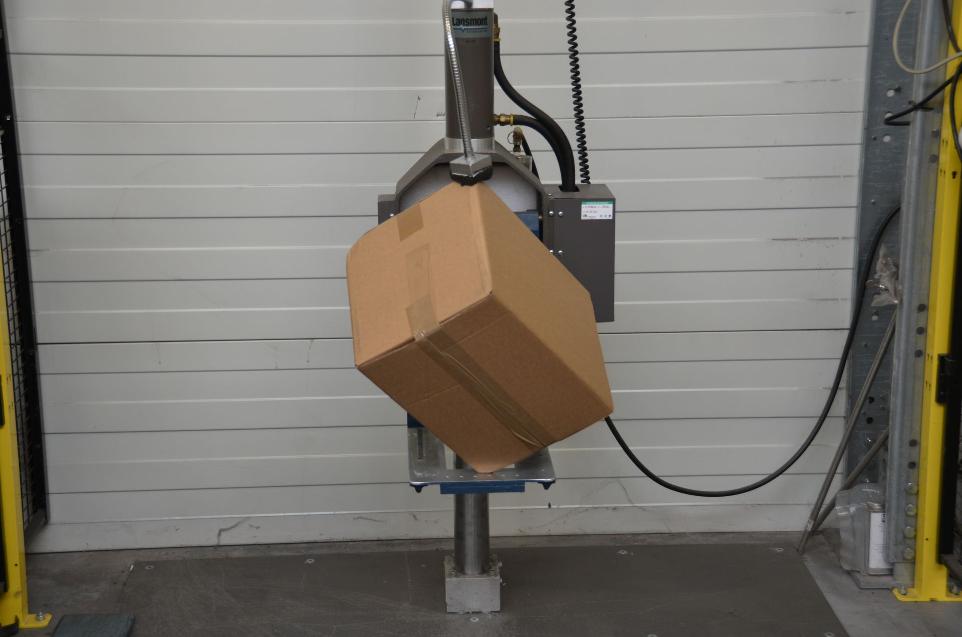
Drops
Evaluates
how well the packaging withstands free falls, simulating potential drops during
transportation.
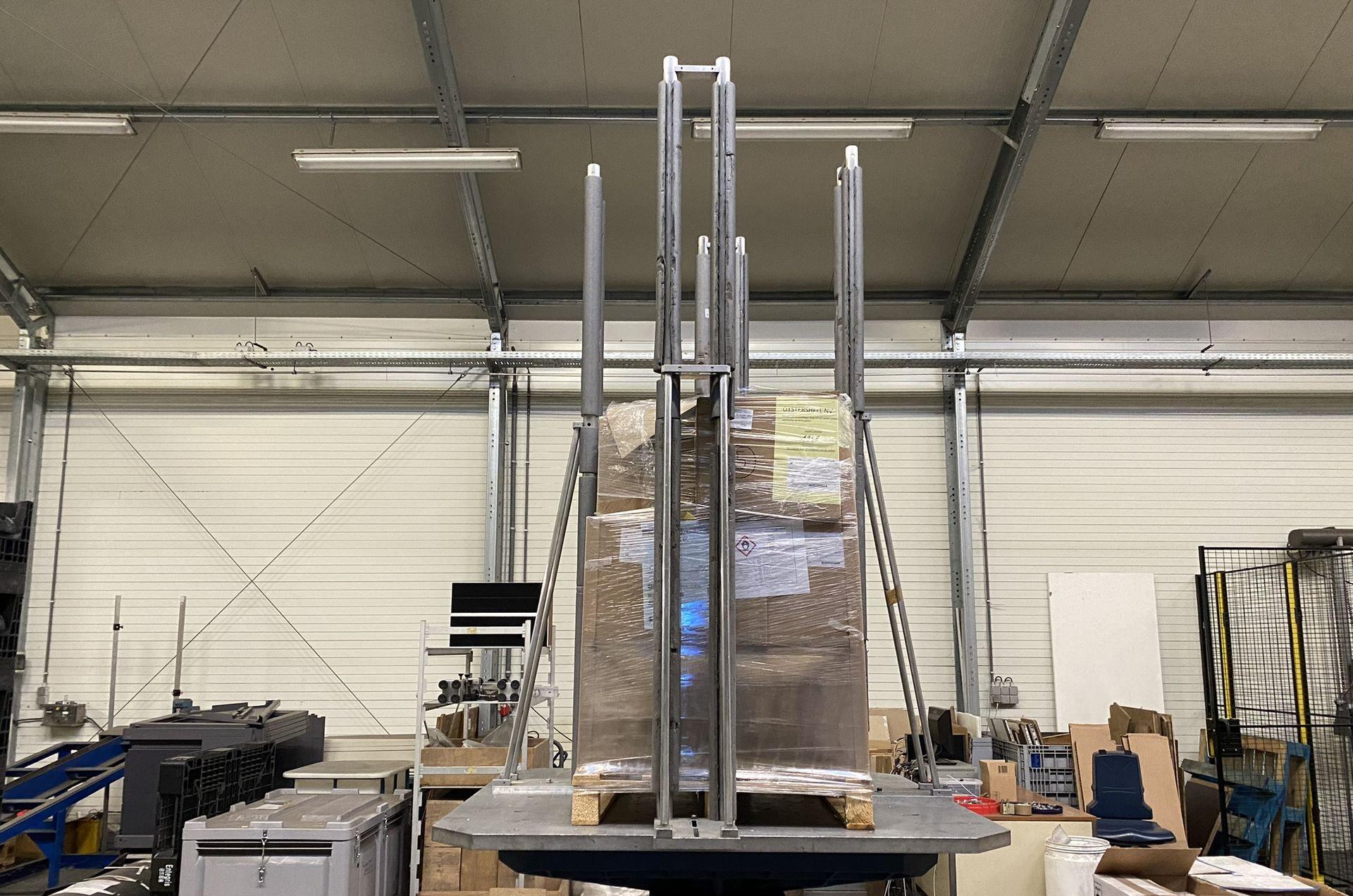
Vibration
Measures
the product-package durability to continuous vibrations, replicating the
vibrational stresses encountered during transportation (Truck-Air-Train).
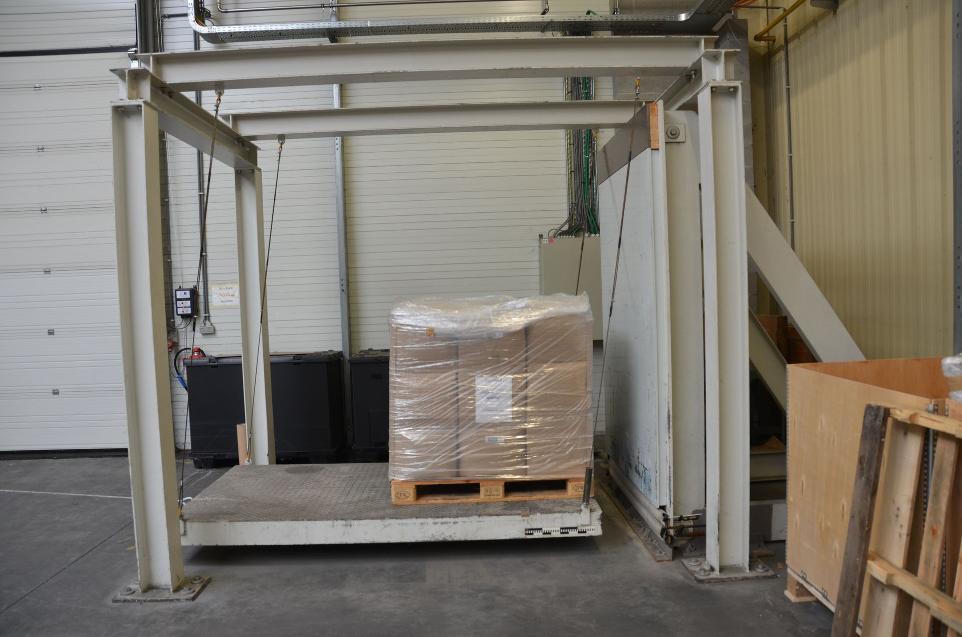
Impacts
Tests
the package's ability to endure sudden shocks or impacts, mimicking very
plausible real-world conditions it might encounter in transit.

Compression
Gauges
the package's resistance to external pressures, such as stacking in a warehouse
or in a vehicle, to ensure it maintains its structural integrity.
Climate Simulation
Climate Simulation
IBE-BVI is equipped with calibrated walk-in & smaller chambers designed to replicate a range of environmental conditions, often combining temperature and humidity factors. For instance, tropical simulations mirror high temperatures with high relative humidity, creating a warm and moist environment. In contrast, desert simulations focus on high temperatures combined with low humidity, replicating hot and dry conditions. Standard conditions (23°C – 50%) as well as customized programs such as summer or winter profiles are off course also possible. These chambers offer temperature ranges from -40 °C to 180 °C for smaller items (box level), and from -40 °C to +80 °C for larger items, accommodating up to four pallets in a single chamber.
These controlled environmental conditions serve various purposes, from pre-conditioning before conducting other tests to environmental qualification testing and accelerated aging studies. All to ensure accurate evaluations of product and/or packaging performance in diverse climates.
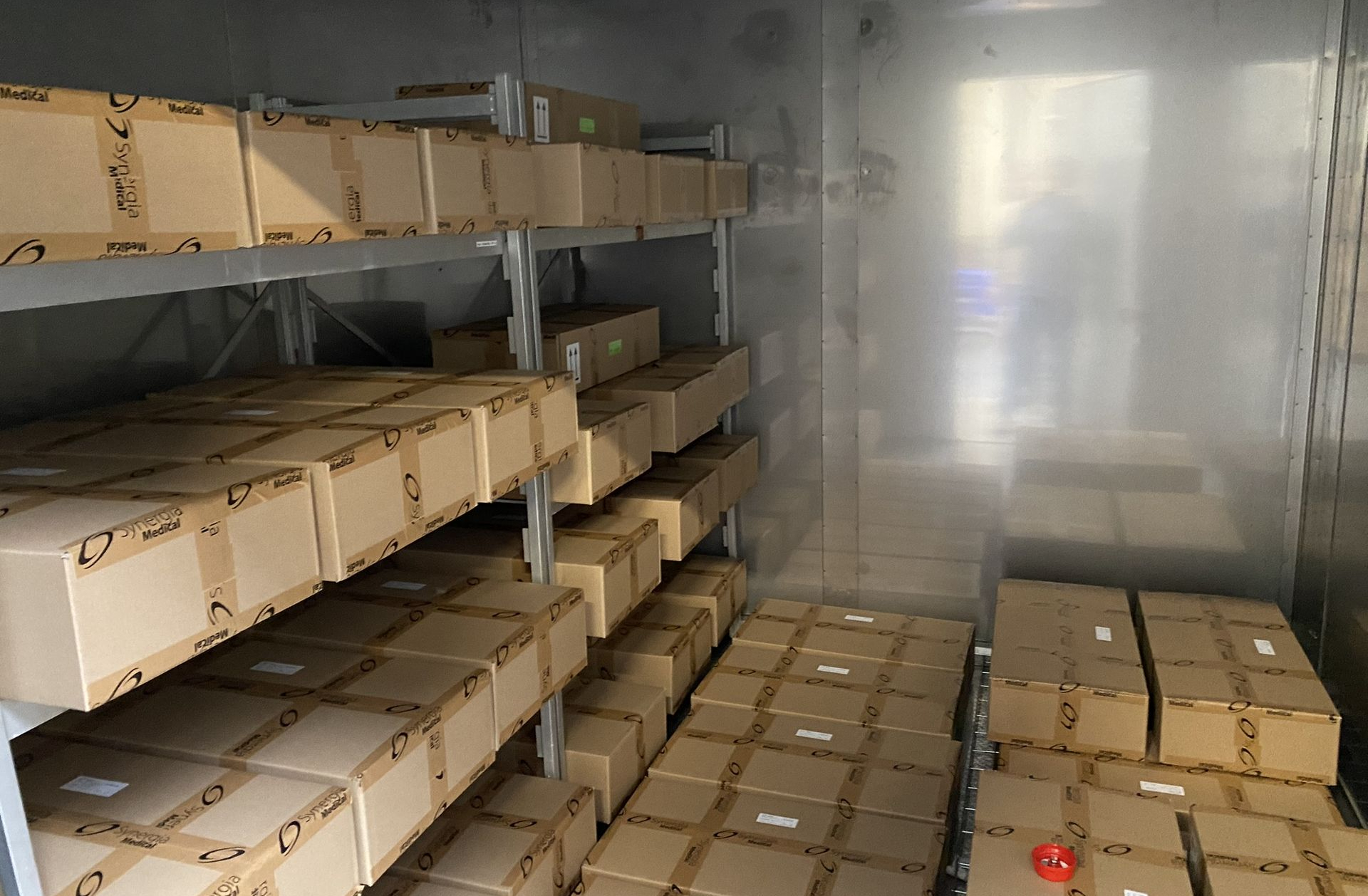
Preconditioning
During
physical testing or transport simulation, testing within the realistic range
where your product-packaging is most vulnerable provides valuable insights and
matching real-world conditions.
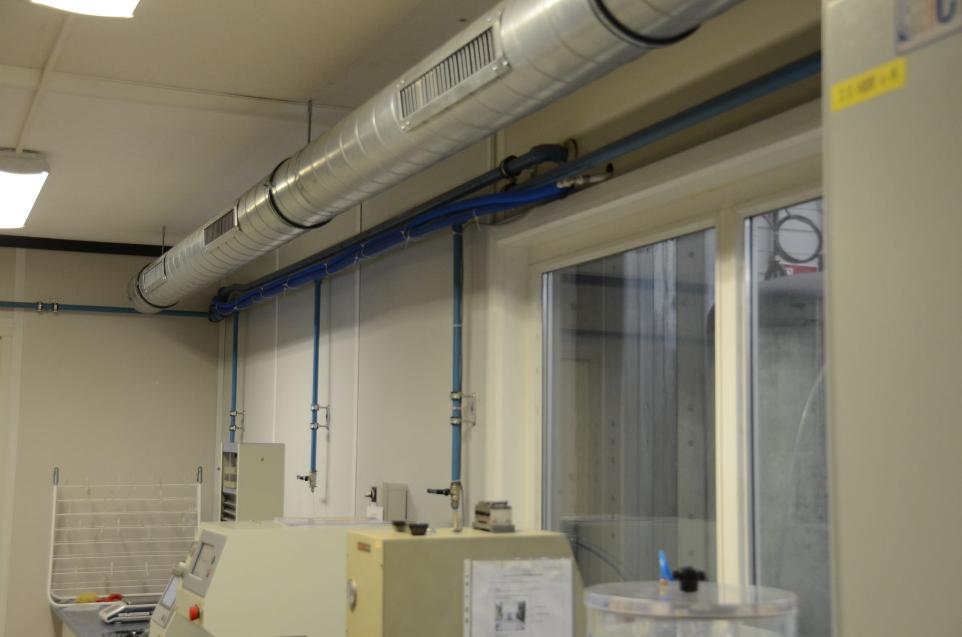
Qualification tests
For
the qualification of a packaging, a climate protocol can be collaboratively
developed with the customer, where relevant based on industry standards. Outlining
the test procedure and all the necessary boundary conditions, ensuring
alignment with recognized benchmarks.
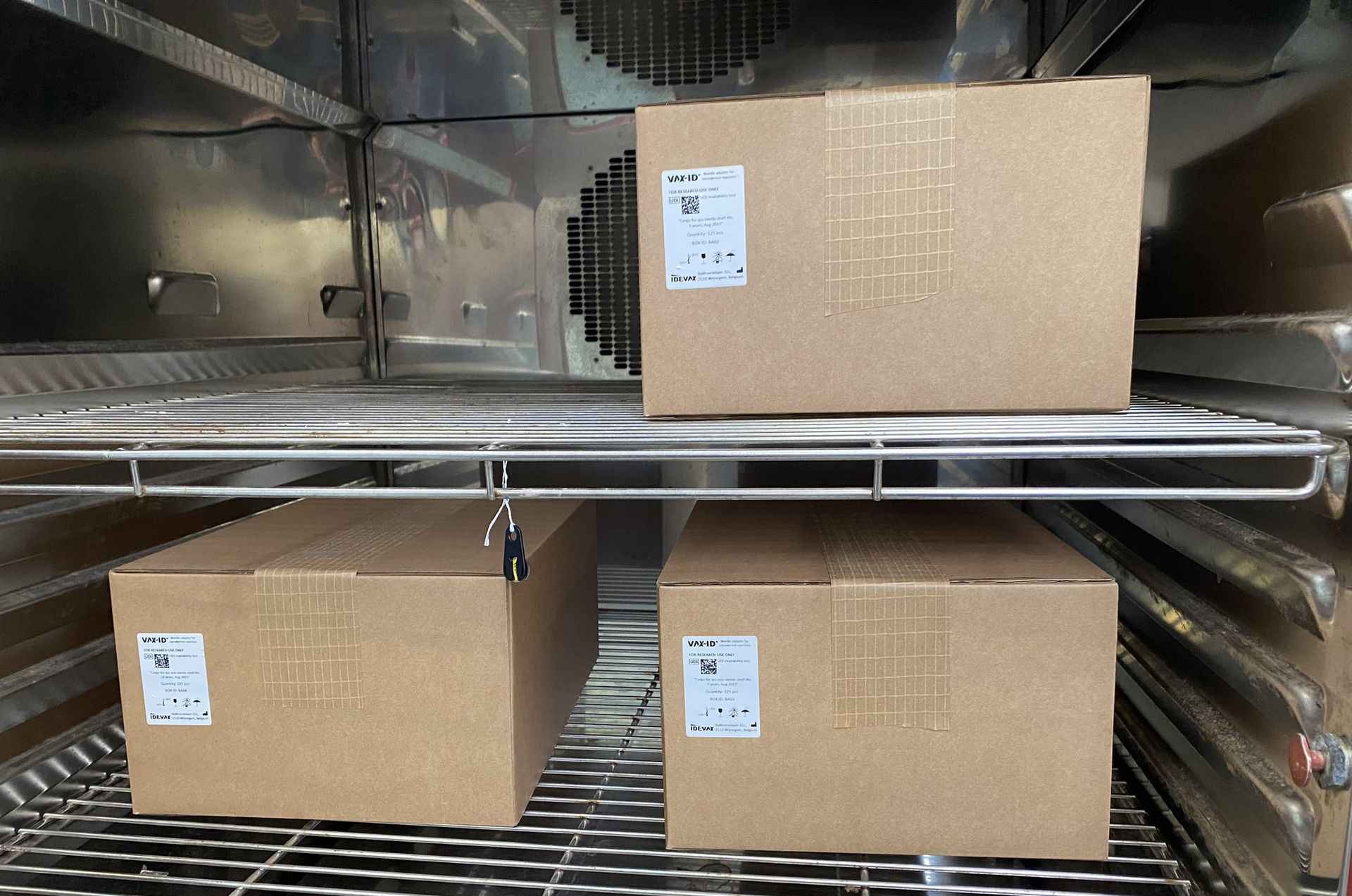
Accelerating aging
In the pursuit of comprehending the impact of aging on both product and packaging quality, consider strategically accelerating the aging process. This not only allows you to glean profound insights into its scientific intricacies but also provides a practical means to determine shelf life, enabling a faster market introduction for your product.
New in our portfolio

Combination of pressure & vibration
According to ISTA 3A
The low-pressure test assesses the impact of changes in atmospheric pressure during transportation on packaged products, for example, during air transport or road transport at high altitudes. With this test, our customers can evaluate the resilience of non-porous product packaging. Additionally, since 2024 IBE-BVI, offers the option to combine this test with vibration testing to provide a more comprehensive assessment of the packaging's performance under simulated transportation conditions.
Integrity & Strength testing
Integrity & Strength testing
In ensuring sterility of critical medical devices and products, the integrity and strength of their packaging are crucial factors. Our comprehensive Integrity & Strength testing includes vital assessments to ensure compliance with industry standards and regulatory requirements. Whether facing the challenges of transport (by simulation), environmental stress, accelerated aging testing, or undergoing standalone assessments, this process guarantees that medical supplies endure challenges and maintain their efficacy and contributes to the overall assurance of safety and performance in the healthcare industry.

Visual inspection
A standard practice involving a visual examination to identify any visible defects or irregularities in the packaging.

Bubble leak
The bubble leak test assesses the presence of leaks in sealed packaging by subjecting it to a submerged chamber filled with liquid (water), allowing us to identify potential leaks.

Seal strength
The seal strength test evaluates the force required to open a packaging seal, ensuring it meets predetermined strength criteria.

Dye test
The dye penetration test assesses the integrity of sealed packaging by applying a colored dye into the interior. This dye is designed to penetrate throughout any potential leaks or defects in the seal packaging.
Material characterization
Material characterization
At IBE-BVI, we can help you to determine the physical characteristics and properties of packaging materials. Our comprehensive material characterization services extend to a diverse range of materials, including paper, cardboard, foil, plastic, adhesive tape, garbage bags, pallets, sharp containers, and more. With our commitment to precision and excellence and our testing procedures thorough European and international standards we ensure the highest level of accuracy and reliability to provide in-depth insights into your physical characteristics of each material.
Whether you seek standard analyses or require custom-made test protocols, we tailor our services to meet your unique needs. At IBE-BVI, we don't just perform tests; together we identify the most fitting tests, ensuring precise analyses tailored to your specific requirements and resulting in technical advice for packaging design and optimization.

Foil Characterization
Our focus extends to Tensile Properties,
Elmendorf Tear Test, Thickness Measurement, and more, ensuring a thorough
assessment of quality.

Pallet Testing according to ISO 8611
This internationally recognized guideline
serves as the foundation for ensuring the structural integrity and load-bearing
capacity of your pallets. IBE-BVI conducts tests on both wooden and plastic
pallets, following the specific parameters set forth by ISO 8611.

Paper/Cardboard Characterization
For paper and cardboard, we offer tests such as
Edge Crush Test (ECT), Box Compression Test (BCT), Burst Test, and Cobb Test,
among others, providing a comprehensive evaluation of their physical
properties.
Q&A
There is no Q&A at the moment.
Q&A
Contact Us
Contact Us
Subscribe to our newsletter!
Get our monthly update on the packaging industry.
Recognitions
